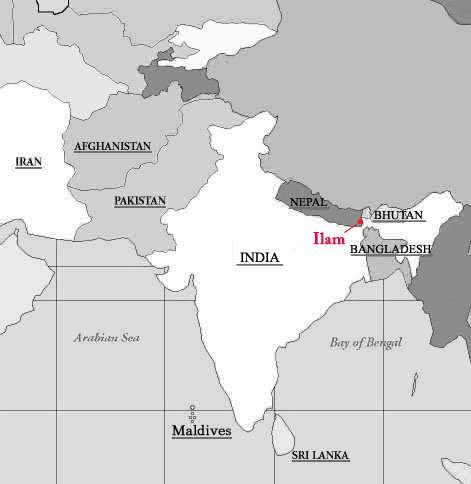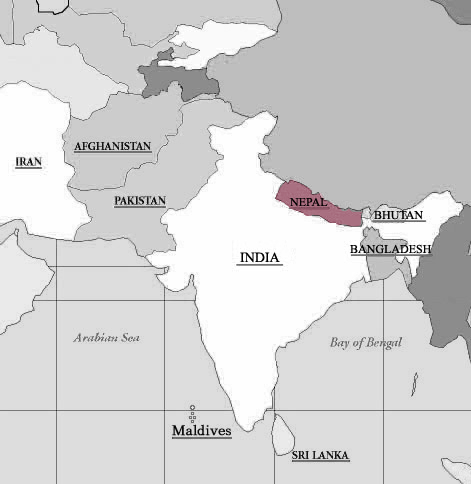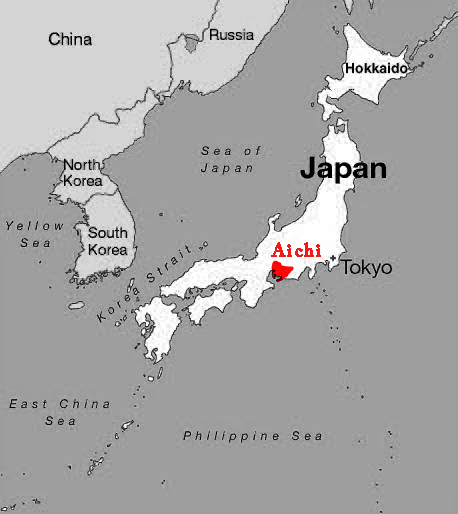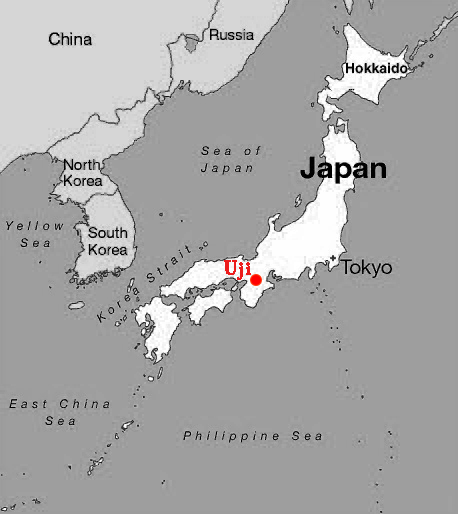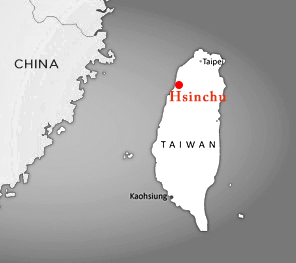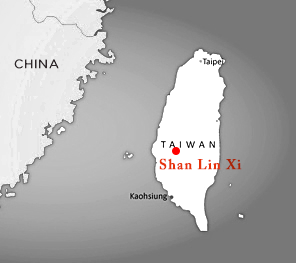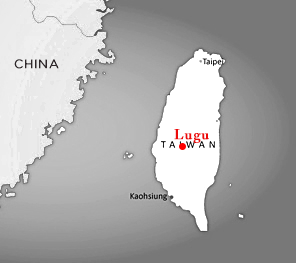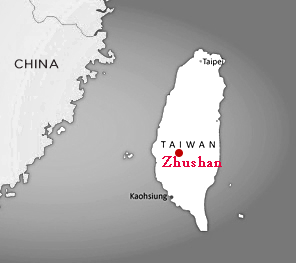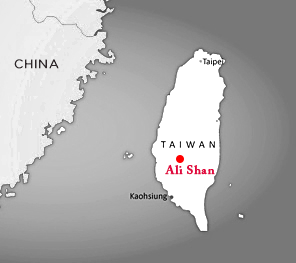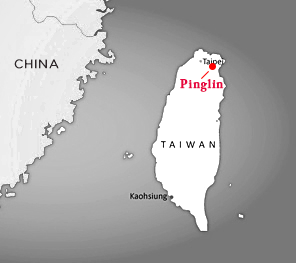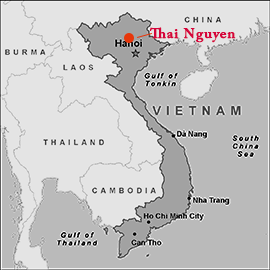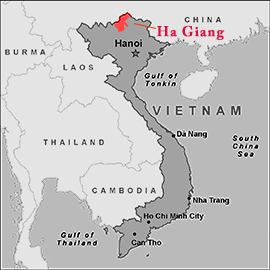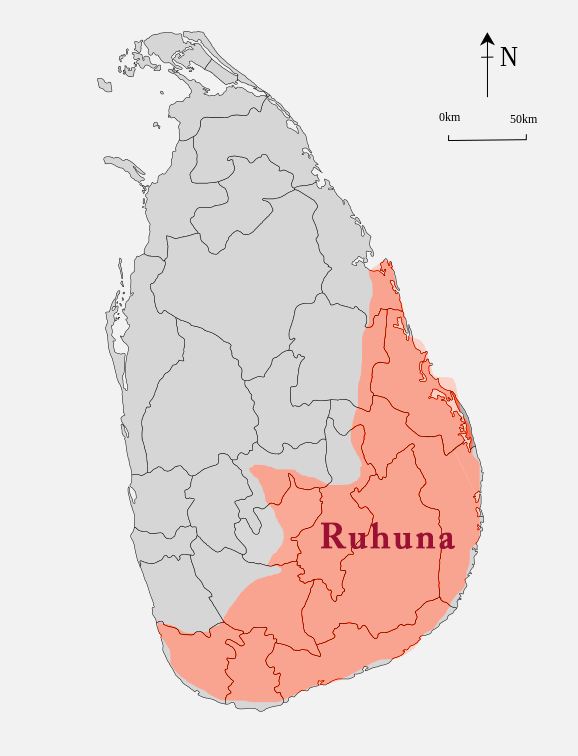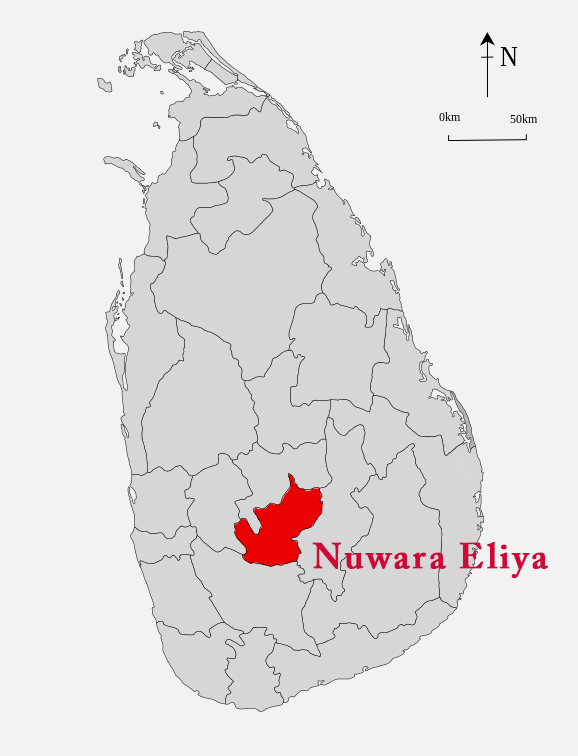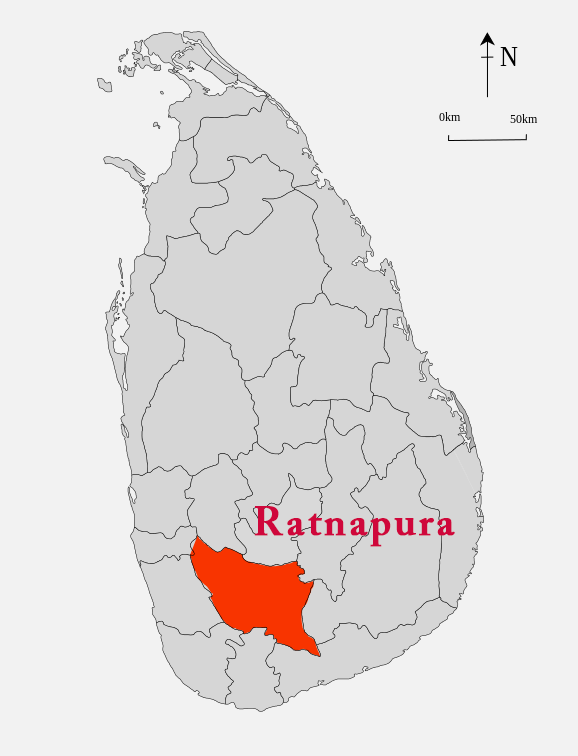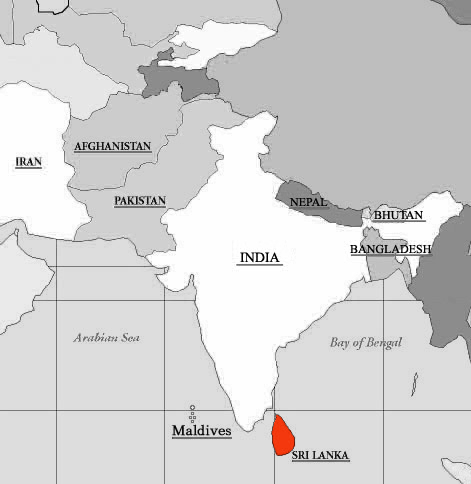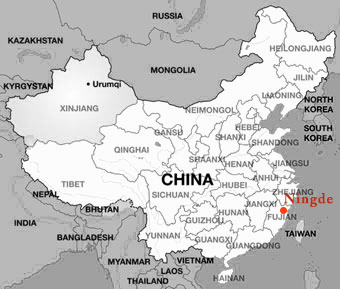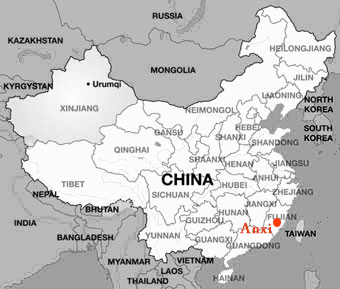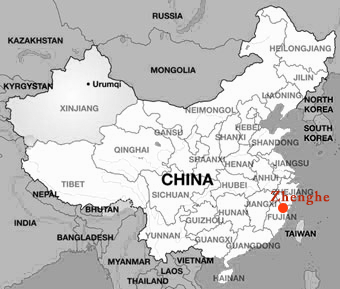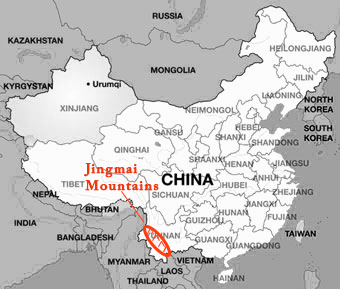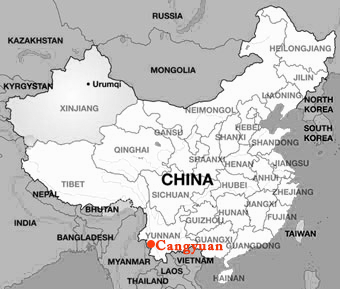The name Ilam is derived from the Limbu language in which “Ii” means twisted and “Lam” means road. Tea production in Ilam started as early as 1863, when the Chinese government offered then Prime Minister Jung Bahadur Rana tea saplings that were then planted in Ilam. In 1868, the Ilam tea factory was established, and tea plantations covered over 135 acres of land. In 2010, the tea factory was privatized, and is currently not under operation. However, tea production continues in Ilam in other forms. In 2010, the total tea production of Nepal was 16.23 million kilograms per annum; a majority of this amount was produced in Ilam itself.
